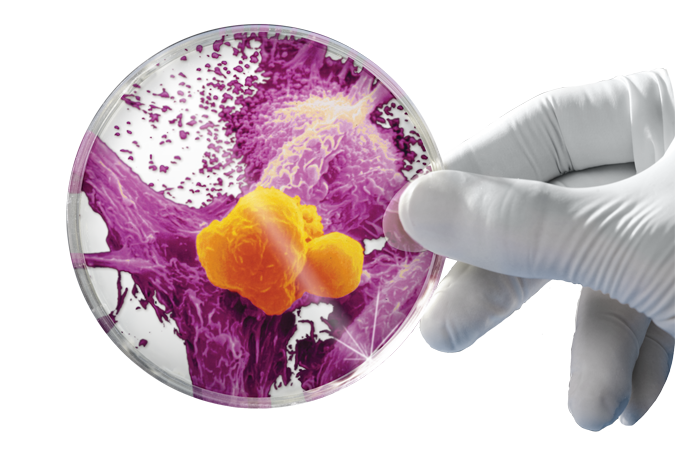Food labels sometimes contain very confusing information for consumers, especially for those who have food allergies. You probably have noticed labels saying “may contain” or “manufactured on shared equipment”. These labels make consumers believe, that there is less risk of having food allergy by using these product. In reality it is not that way. Although foods with these labels seem less dangerous than one´s that are said to definitely contain possible allergens, they can actually cause allergic reaction, in some cases even a severe one.
Recent study was done in United States and Canada. Around 6,600 people were surveyed online, to determine the danger of using misleadingly labeled foods. Respondents included in this study either had a food allergy themselves, had a family member with food allergy or were caregivers to someone with food allergy.
According to previously done studies, around 8% of children and 2% of adults have a food allergy. From children with food allergy, close to one half has experienced a severe or even life-threatening reaction to their allergen.
US Food Labeling and Consumer Protection Act regulates, that food has to be labeled with appropriate labels, if the product contains major allergens, such as eggs, dairy, soy, fish and shellfish, tree nuts and peanuts. Labels such as “may contain allergens” were introduced, because even if the dangerous foods are not used in the production, there is still a risk to have a trace of them in case the equipment is shared. Also, if the product is manufactured in the same facility as the other product containing a dangerous allergen, there is a chance to have a trace of it. The precaution labels are used voluntarily by food production companies. From the online survey, close to a half of the respondents believed that precaution labels were required by law.
From all the survey participants with allergies, 40% still bought foods with precaution labels.
The severity of allergy varies from person to person. Some people require more exposure to an allergen in order to develop reaction. For some people it is enough with just a trace of allergen. For example, some people might develop an allergic reaction to food just by touching it. Therefore the researchers concluded that labels suggesting a presence of allergen can be misleading and these foods are equally dangerous.
There is a division on opinions about which is the best label for foods. Some health advocates think that all possibly dangerous foods should be labeled with “may contain”, in order to stop misleading of consumers. Other health advocates wish to see the amount of allergen present in the food on the label.
Researchers find that it can be very time consuming and difficult for families dealing with allergy to find proper foods. The current labels are misleading and possibly dangerous to people with severe allergies. In case of severe allergy it is best to avoid any food that “may contain” allergens or are “produced with the same equipment”.

























